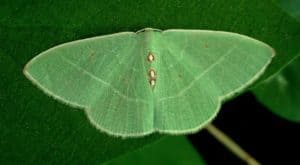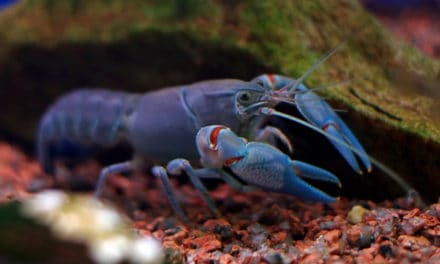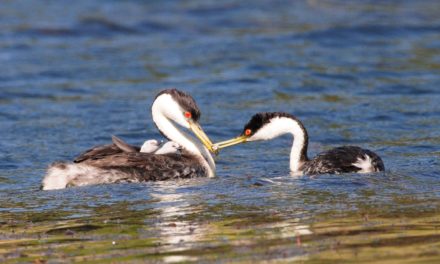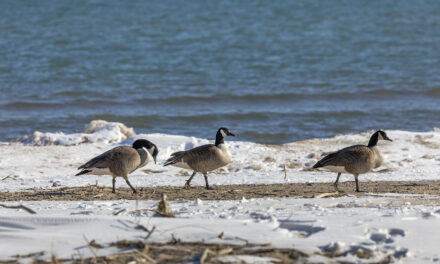Emeralds!
By Jim Moore, Entomologist 
In nature there are just two kinds of Emeralds: the Gemstones, and the Moths. This article covers the living green gems of NorCal called Emerald Moths. Perhaps you have seen one of these small green moths by your porch light and marveled that a moth could be almost completely green. I often do when I see one of the several species that make their home within our Mountain Valley region.
Emerald Moths are members of the family of moths called Geometer Moths – Geometridae – which means ‘earth-measurer’ so named after the larva which inch along as if they were measuring each step; folks usually call them inchworms or measuring-worms.
My first acquaintance with an Emerald Moth in the Mountain Meadows Basin, where I live, was with the Columbian Emerald, Nemoria Darwiniata, pictured in this article. Tinges of red and thin curved white lines and fringe make this Emerald a beauty indeed! I have only photographed three other Emerald species, of the nine that are known to live in Northeastern California. In all of California there are just 15-20 Emerald species; but worldwide there are over 2,300 described Emerald Moth species!
Like most all moths, Emeralds are nocturnal, and are often attracted to outdoor night lights, where they are usually seen. However, one local Emerald that you will probably never see at a night light is the Day Emerald, Mesothea incertata. I first observed a Day Emerald flying about within a sunny May clearing in the woods visiting flowers along with the bees and butterflies! 
Our local Emerald Moth larva feed on a variety of herbs, shrubs, and trees. One, the Wavy-lined Emerald inchworm, Synchlora aerata, has the very remarkable habit of camouflaging itself with colorful bits and pieces of flower petals, while it inches about feeding on the flowers and leaves of its various host plants!
During these Nor Cal winter months, keep an eye out for the Winter Emerald, Nemoria pulcherrima, which is on the wing in lower elevations, from late December through April. Rarely, this Emerald also may produce an attractive color variant that is a reddish-brown in color, rather than green – a very rare photo opportunity!











